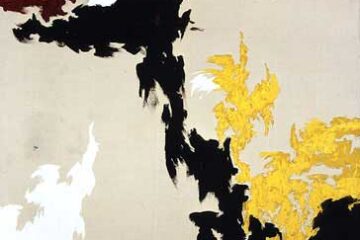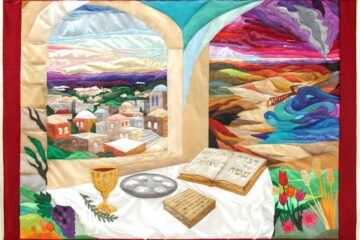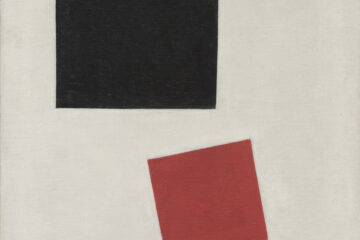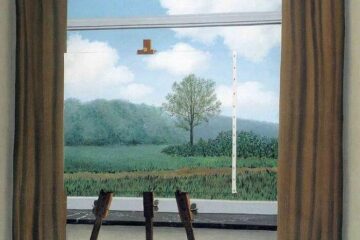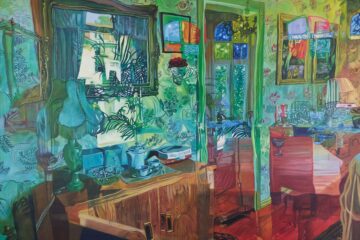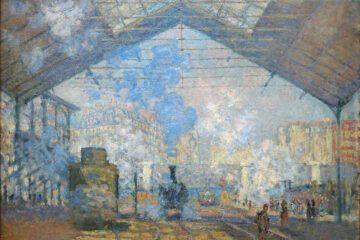Expanding our awareness of the presence of others increases our hopes to avoid catastrophic floods and the construction of exclusive towers destined to fall. View the study sheet here. Watch the recording here.
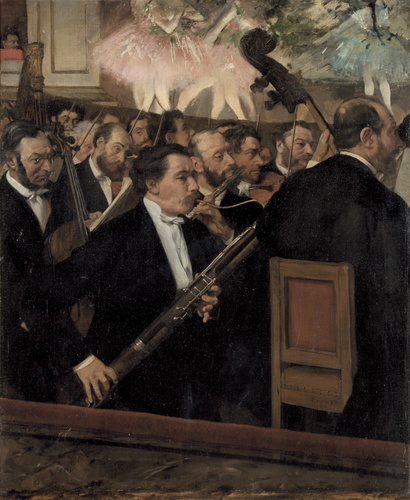
One of the first games you or I probably ever played was peek-a-boo. A parent smiles brightly at their child, covers their face and then opens their hands and says, “Peek-a-boo! I see you!” Turns out peek-a-boo is serious stuff.
The basic architecture of the brain is constructed through a process that begins early in life. Simple circuits come first, on which more complex brain circuits build later. According to the Harvard Center on the Developing Child, in the first few years of life more than 1 million new neural connections form every second.
One of the most essential experiences in shaping the architecture of the developing brain is “serve and return.” Infants naturally reach out for interaction through babbling, gestures and facial expressions. Studies from developmental psychology indicate that reciprocal interactions are critically important in building neural circuits in infants. Peek-a-boo is an example of serve-and-return interaction.
Peek-a-boo also helps with the development of object permanence. Identified by child psychologist Jean Piaget as an important stage in a baby’s brain development, object permanence describes a child’s understanding that when an object or a person disappears from sight they still exist. Developing object permanence is important because it is the first step to other types of symbolic understanding and reasoning, such as pretend play, memory development, and language development. This concept of things and people in their world having permanence is important for a child’s emotional growth, including developing attachments.
Another game that promotes healthy psychological development is hide and seek. Historians have found descriptions of hide and seek played in the same way as we do today dating back to 2ndcentury B.C.E. Greece in the writings of Greek scholar and rhetorician Julius Pollux.
Hide and seek expresses our desire to explore and to be discovered. It promotes the individual’s sense of autonomy while simultaneously providing reassurance that others want their companionship. To be pursued is to be loved. The joy of being noticed, of being found is the joy of being alive and feeling cared for. It is an exercise that develops a healthy balance of separation and reunification.
This week’s Torah portion, Noach, paints a picture of how important it is to have a sense of the presence of others, even when you can’t see them. It is a message that first appeared in the garden of Eden story. There Adam and Eve hid among the trees after eating from the tree of good and evil. It is as if by hiding themselves, God would not exist. That is a game Adam and Eve could never win. Torah reminds us that to live a life of peace in the world involves acknowledging a presence that reminds us of what is right and wrong To have a conscience is liberating.
In Noach God becomes incensed at the wickedness in the world and declares intent to destroy all of humankind. The Hebrew hints that what is particularly egregious is that humanity has acted lawlessly “in the presence of God.” It is this obliviousness to a Presence that represents birth, nurturance and guidance that condemns humanity to extinction.
The primary survivor, Noah, is barely better. He makes no mention of his neighbors, offers no plea on their behalf. Twice in this portion God tries to clue Noah in to what it means to be a developed human being. Twice God uses the word “Hineni.” “Behold. Here I am. Ready to take responsibility.” But Noah, whose first words are a drunken curse, does not get the message. It will take generations before a human being, Abraham, speaks the word signifying responsibility.
Born into a wealthy and privileged family, Edgar Degas rejected his father’s aspirations that he become a lawyer and chose to study art. His early training was in the classical style approved by the French art establishment. But he soon broke from that and brought to his canvasses individuals from common, everyday life: café singers, dancers, laundresses, milliners, and the denizens of Paris’ lower classes.
Pictured here is his work The Orchestra at the Opera. The image is divided into three zones. At the bottom is the very front edge of the audience area. In the center is the orchestra pit. At the top is the stage, occupied by dancing ballerinas. But the audience is absent. And the dancers have been radically cropped. We cannot even see their heads. The subject is the orchestra pit and the musicians in it. This challenges what had been typically presented in such a scene, where the wealthy and well-dressed attendees and the on-stage performers would normally be the highlights.
By the nineteenth century orchestras had been removed from visibility in the great concert halls and hidden from view in a new locale: the pit. The hall Degas has painted here, Salle Le Peletier, had such an orchestra pit. By focusing on the musicians, Degas brings presence to what was usually ignored. A reminder that in between the wealthy privileged and the footlight illuminated stars are those bringing music to the moment.
Degas was part of an artistic movement in the mid and late nineteenth century that was devoted to bringing to the canvass what had been disparaged as unworthy subjects by artists and their patrons of previous generations. Lives lower on the social scale but teeming with energy, dignity and…divine origins.
Expanding our awareness of the presence of others increases our hopes to avoid catastrophic floods and the construction of exclusive towers destined to fall. We may yet nurture ourselves to be those who will say, “Hineni. Here I am. Ready to embrace a life of responsibility for myself and accountability to others.”
Join us here at 7:00 p.m. (PT) on Thursday October 31 as we explore to be aware of presence.


